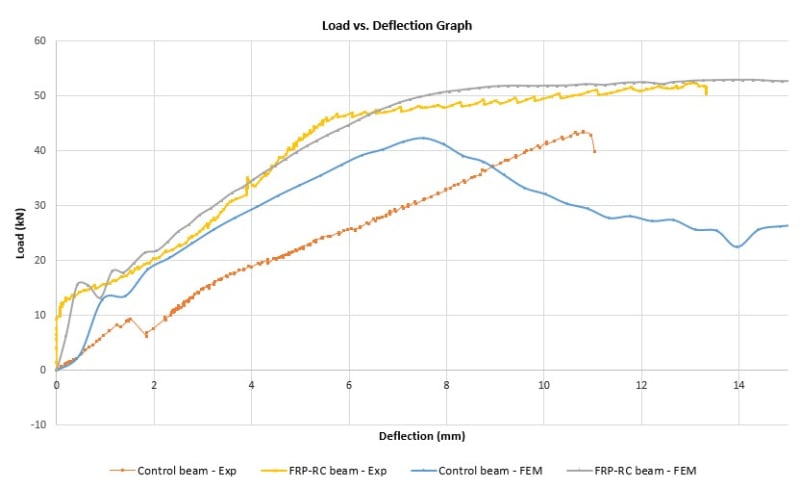Vimukthi
Civil/Environmental
- Apr 21, 2020
- 23
Hi,
Does anyone know a code or a guide to calculate deflection of an externally FRP strengthened RC beam. More specifically shear strengthened by FRP u socket or wrapping. Looking around everywhere but having no luck. Anything close to this subject is OK so I can study them.
Does anyone know a code or a guide to calculate deflection of an externally FRP strengthened RC beam. More specifically shear strengthened by FRP u socket or wrapping. Looking around everywhere but having no luck. Anything close to this subject is OK so I can study them.

